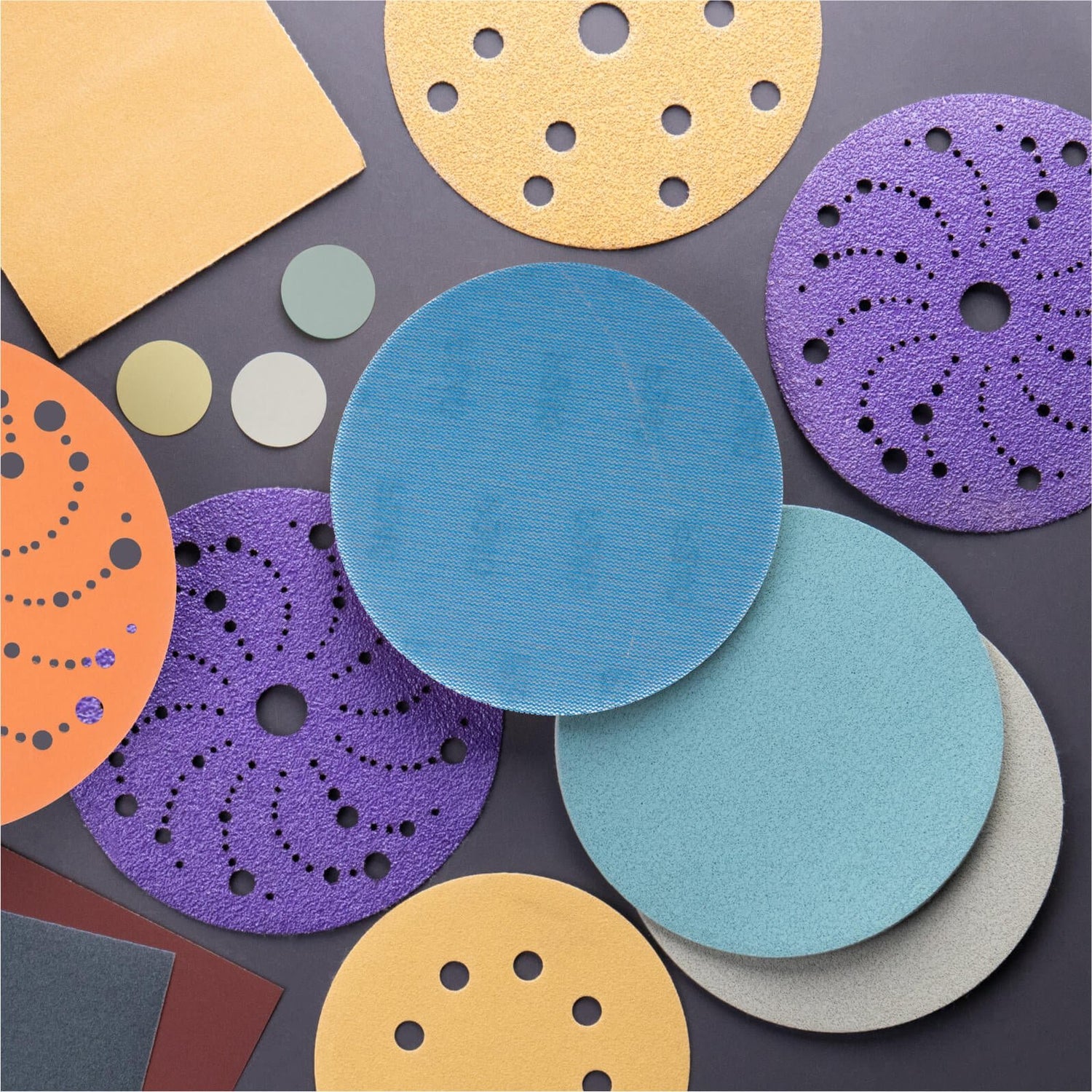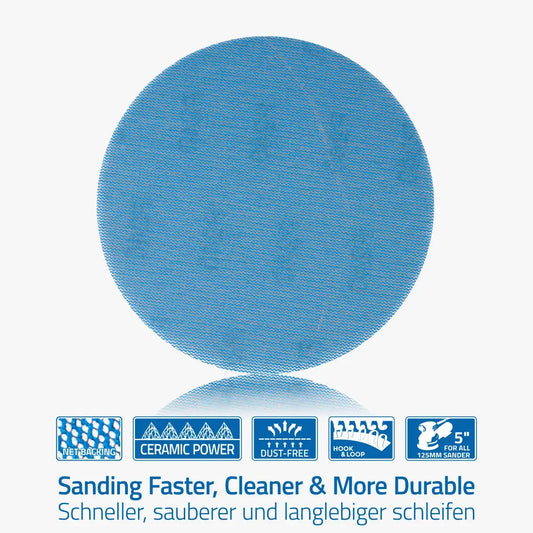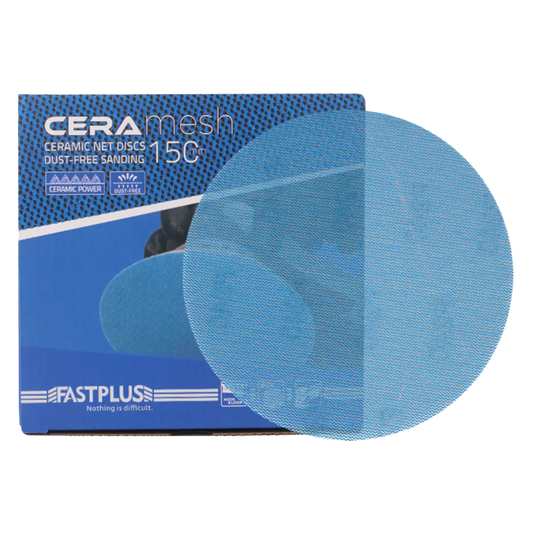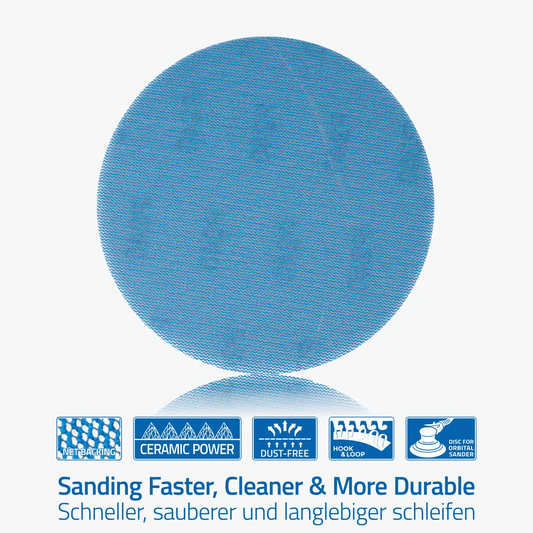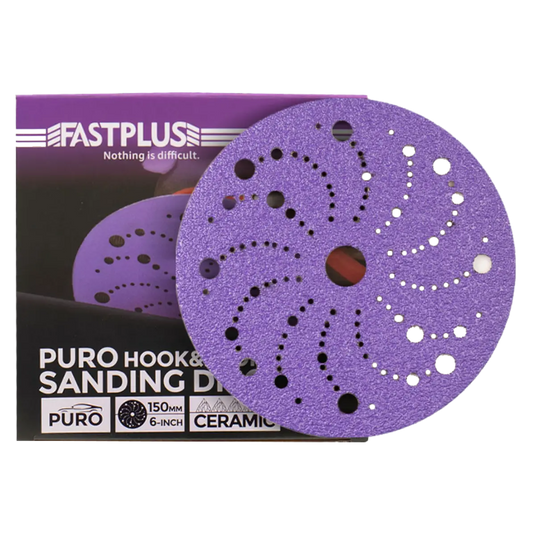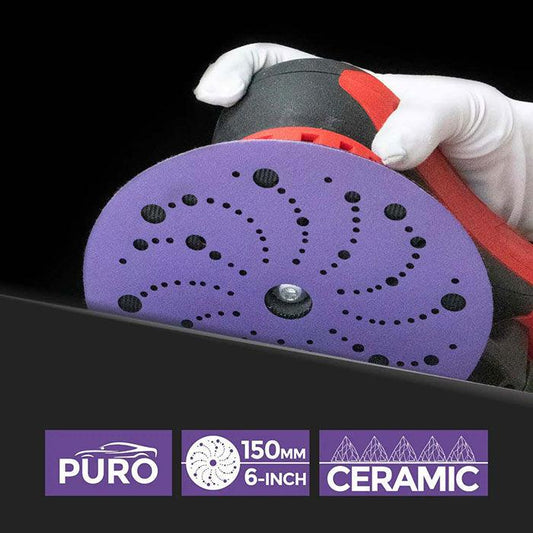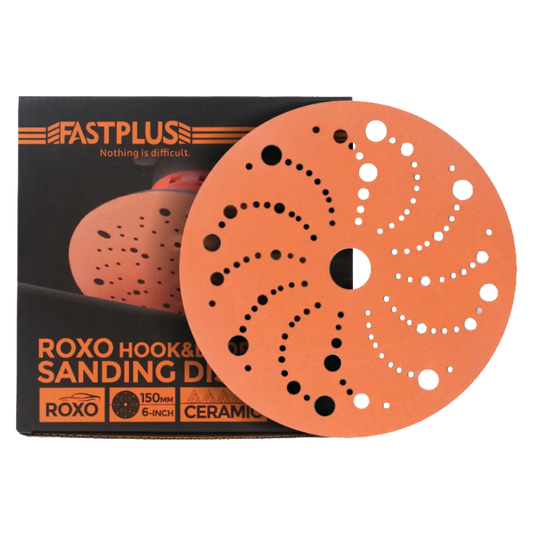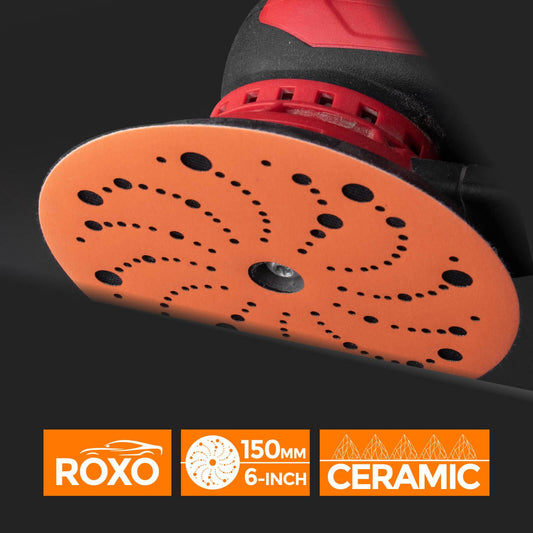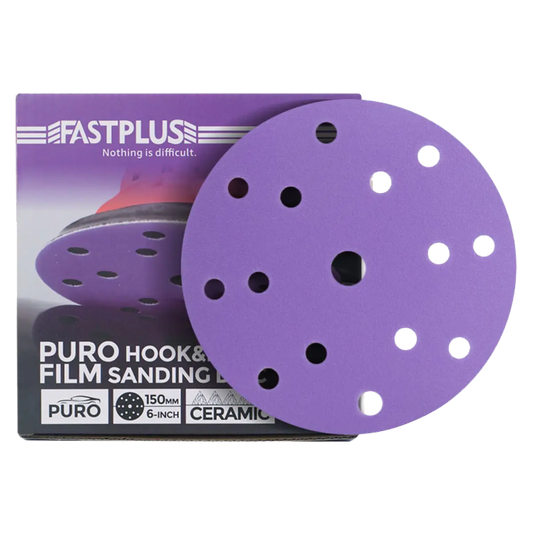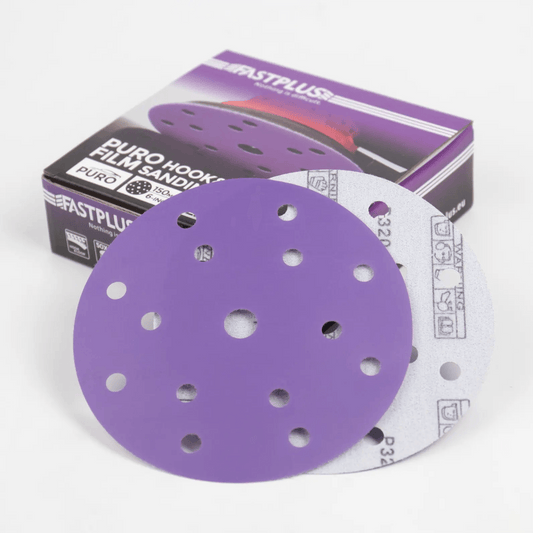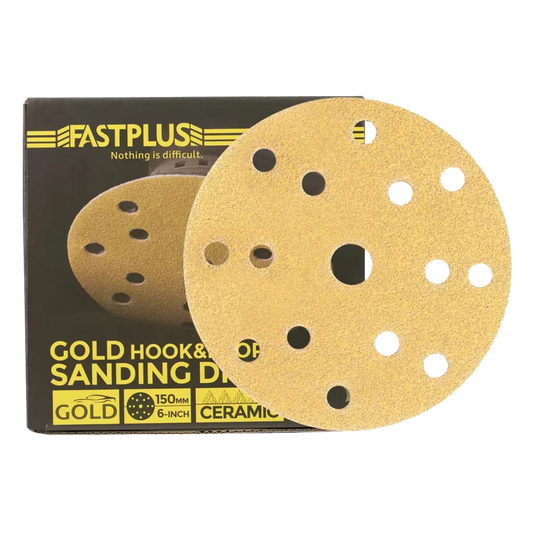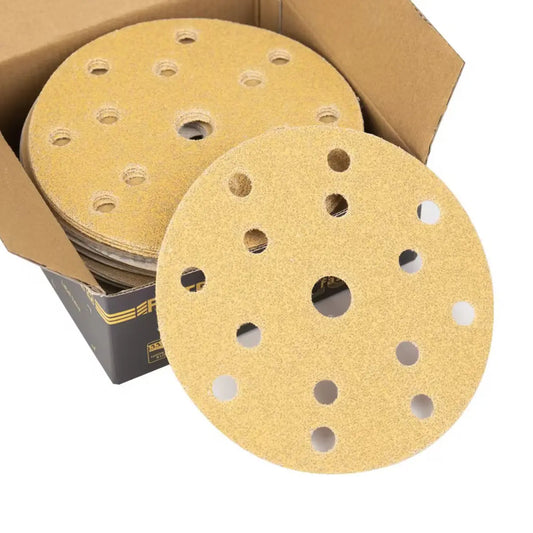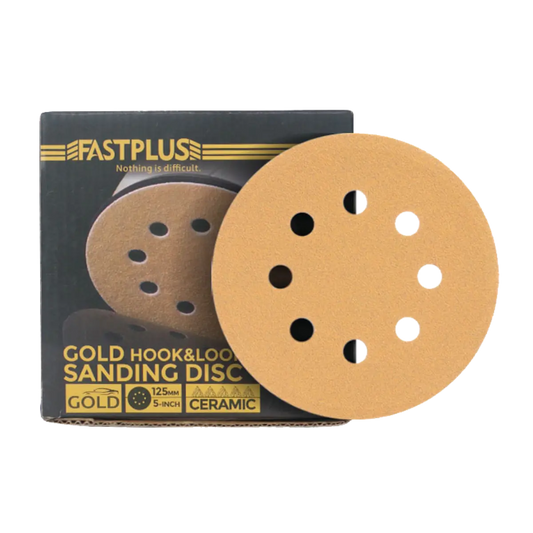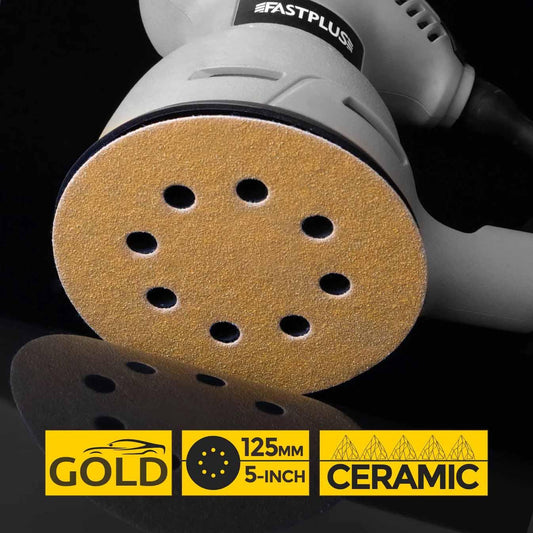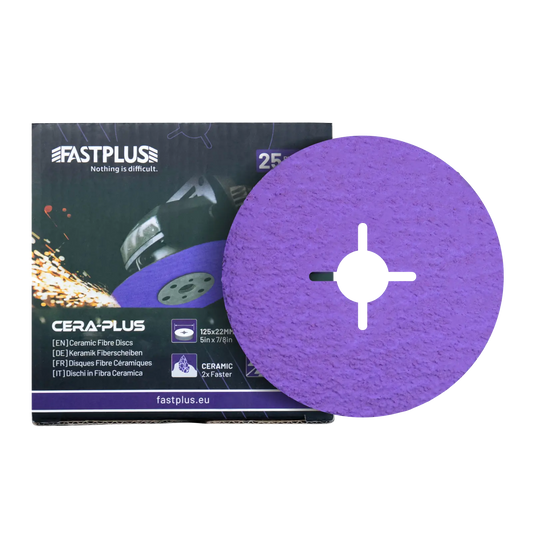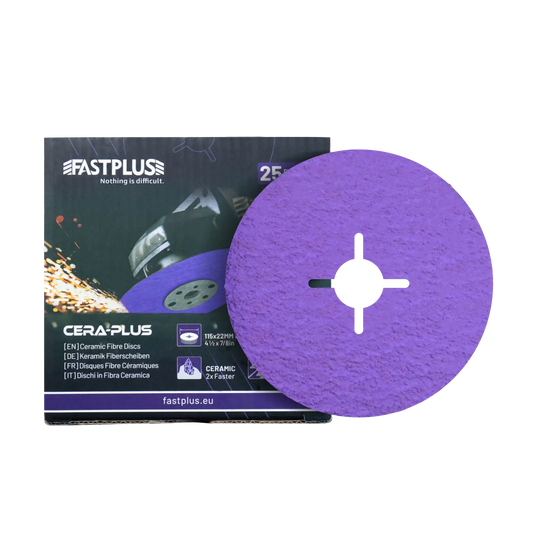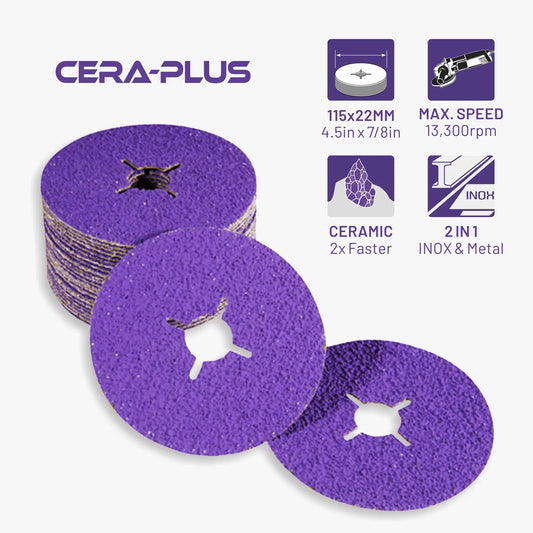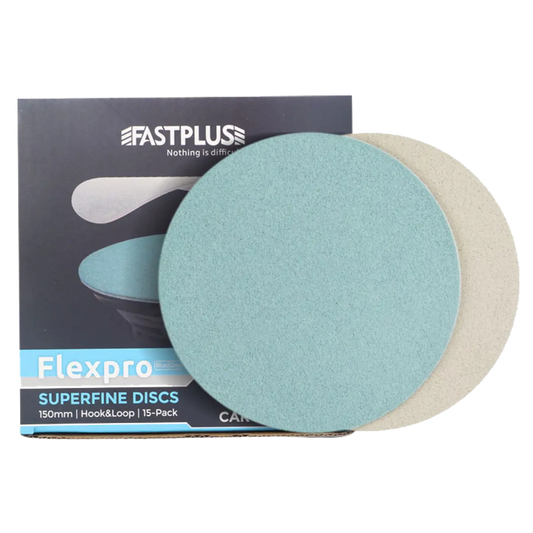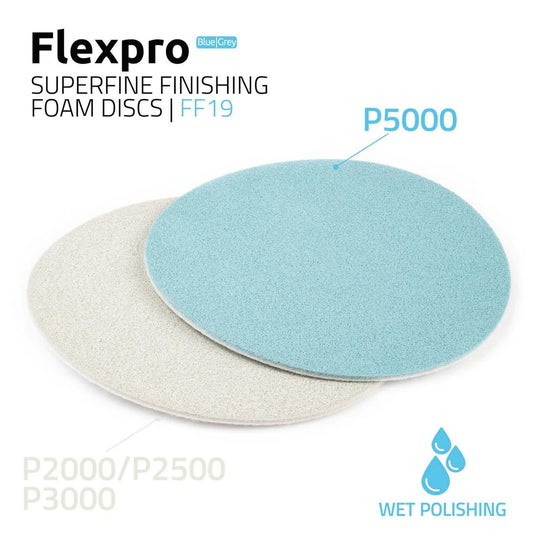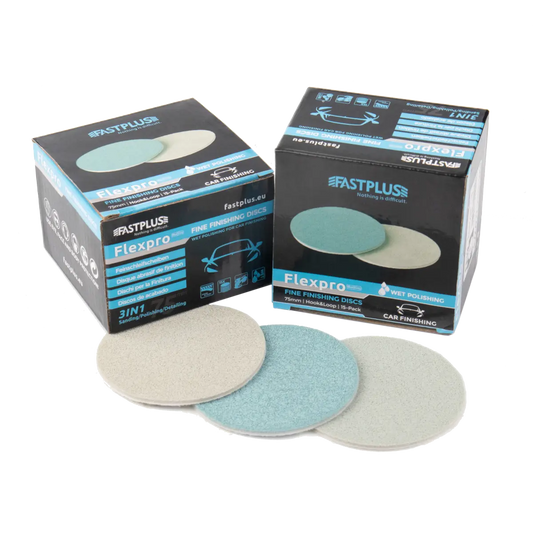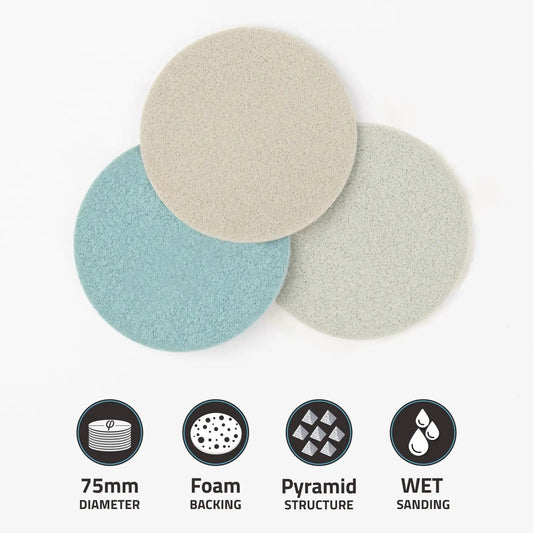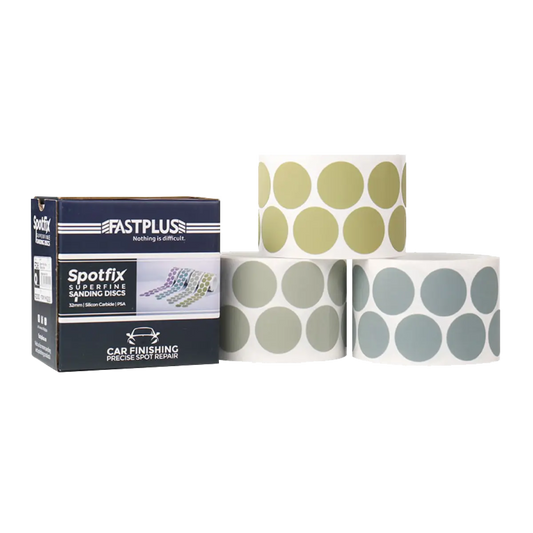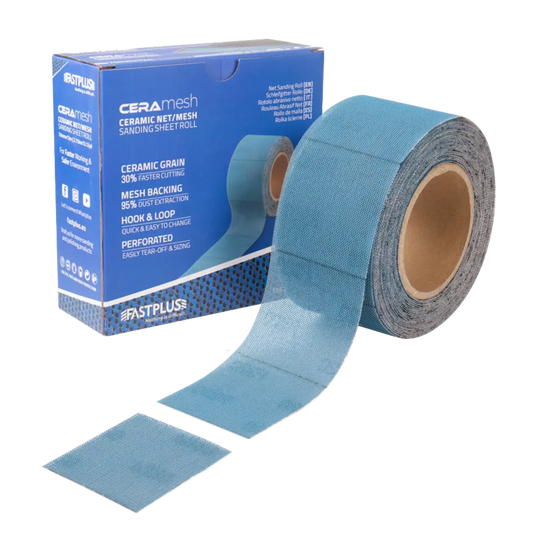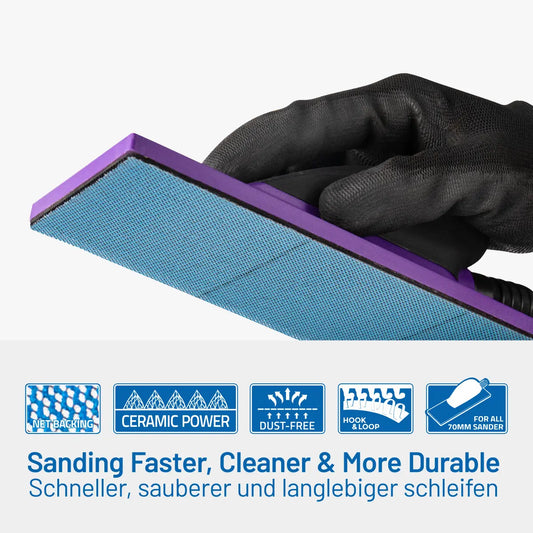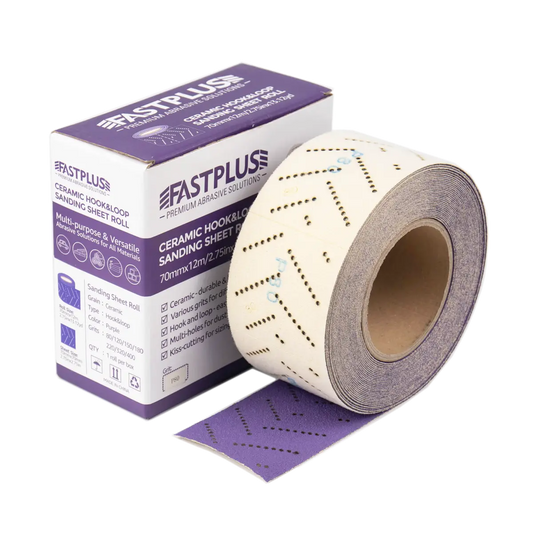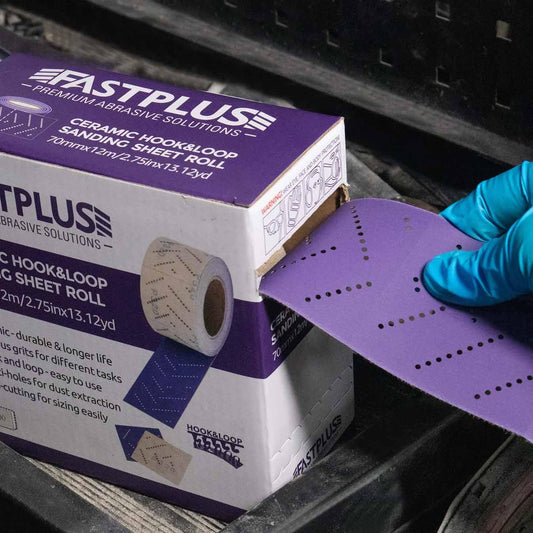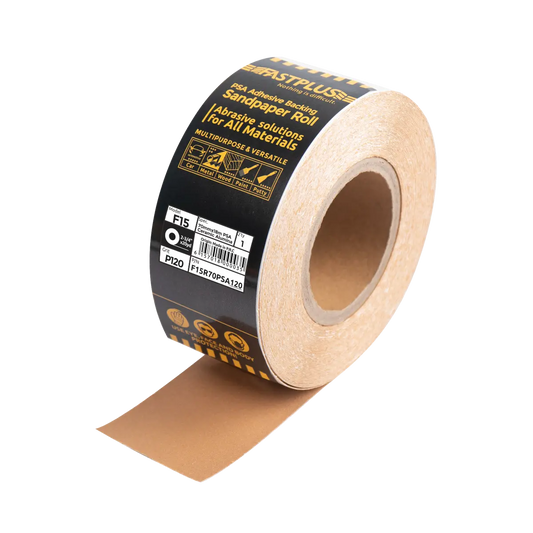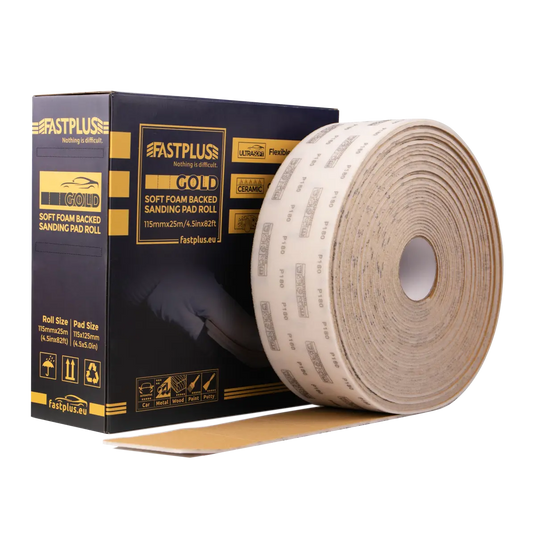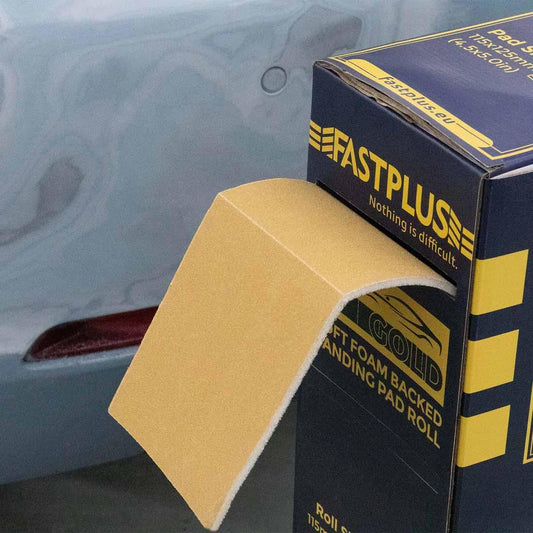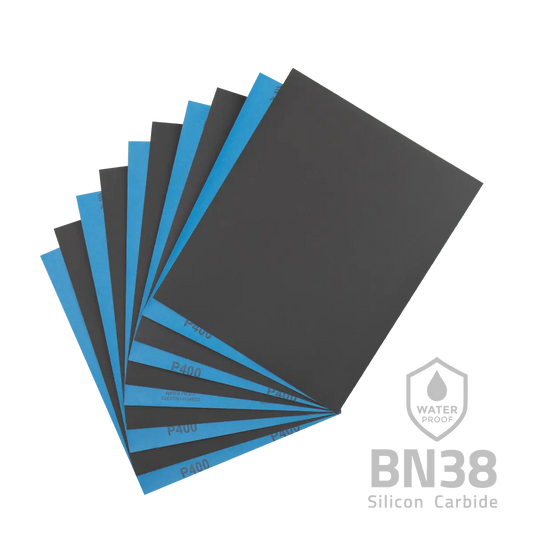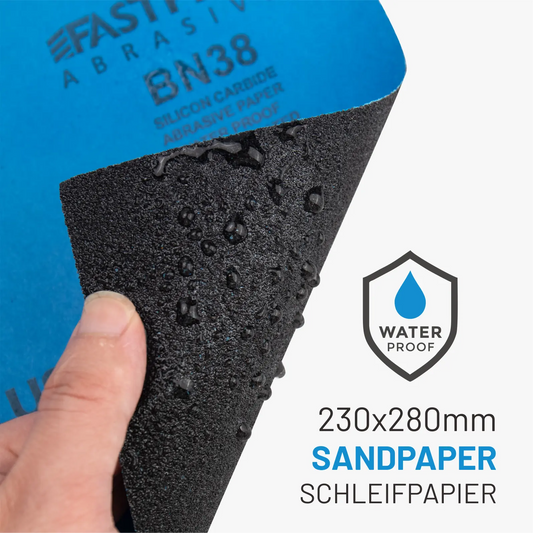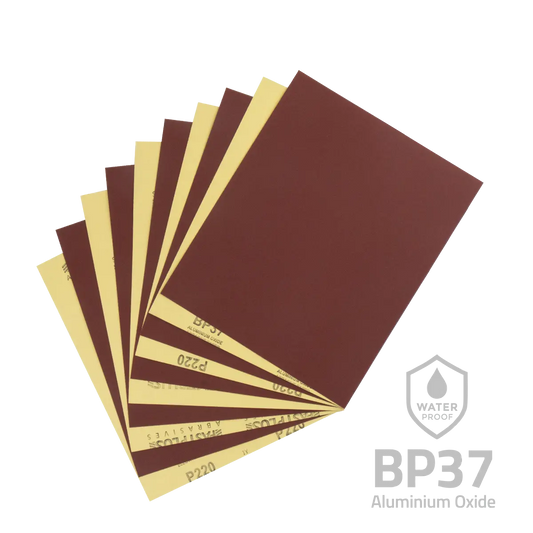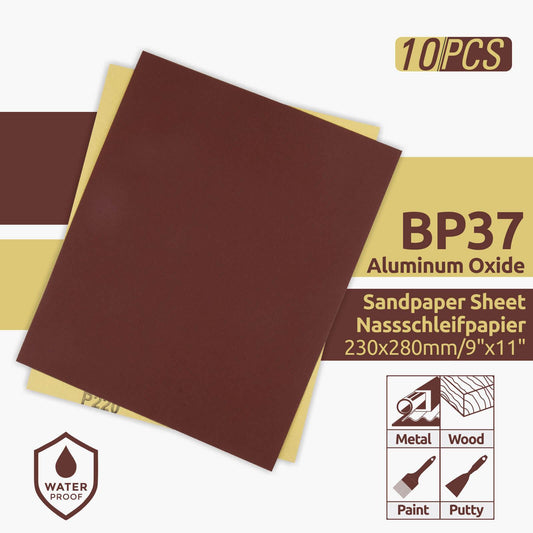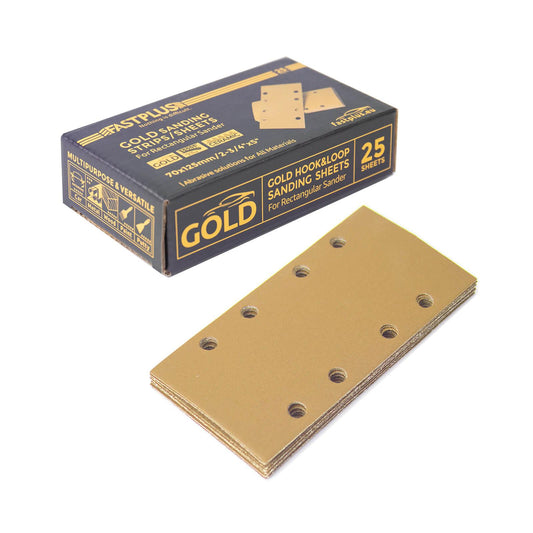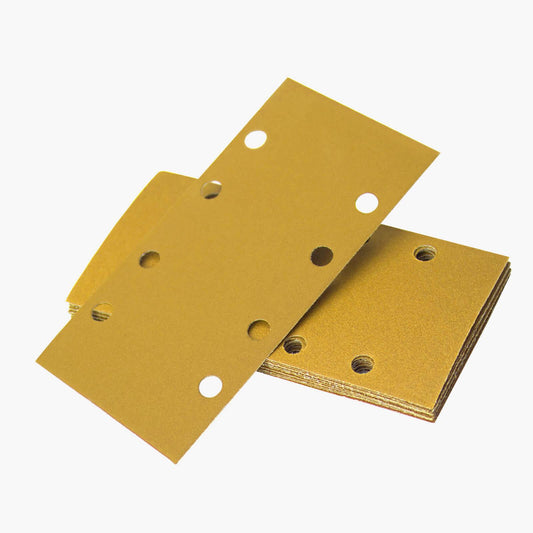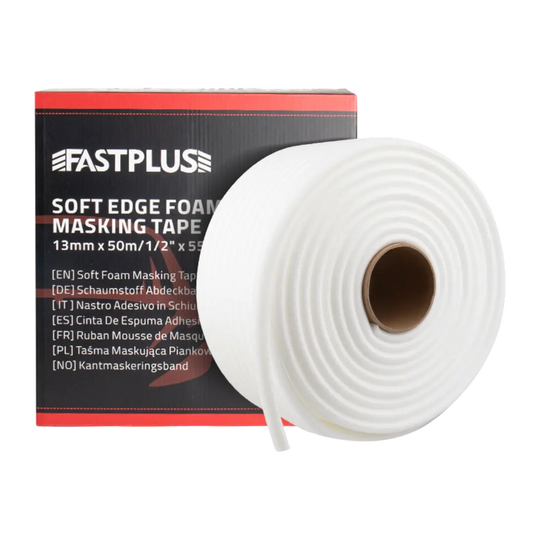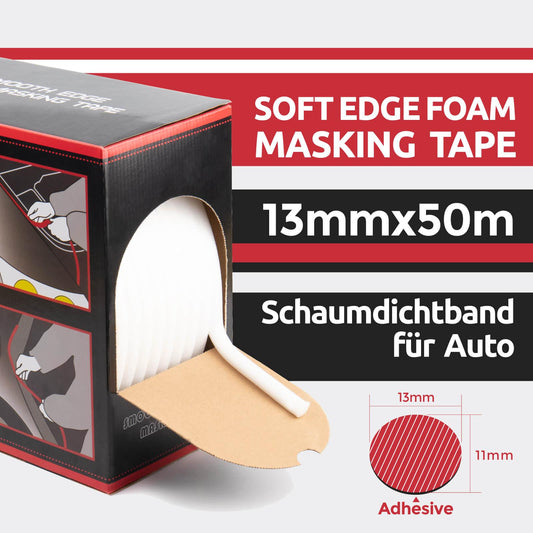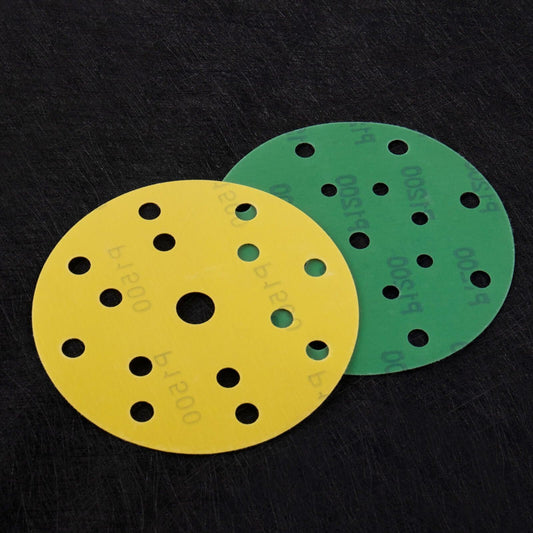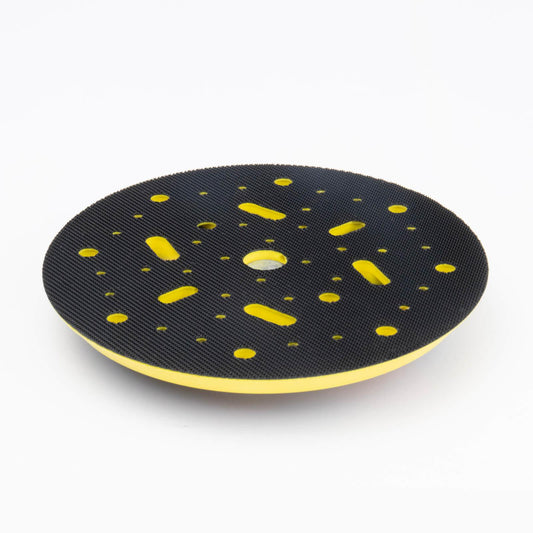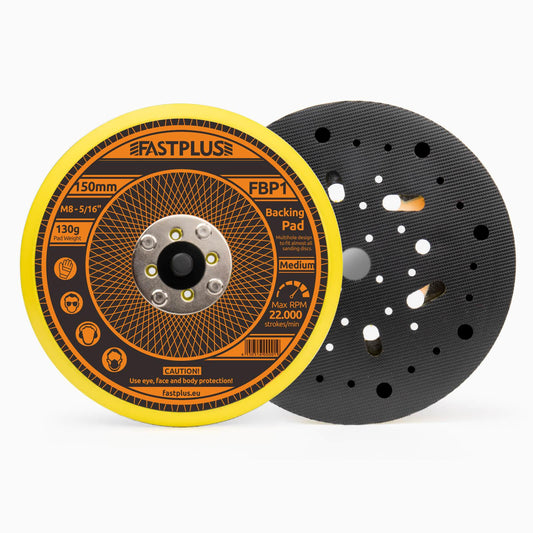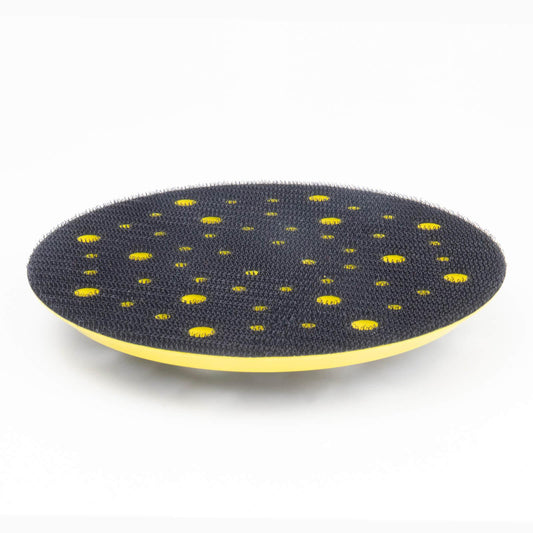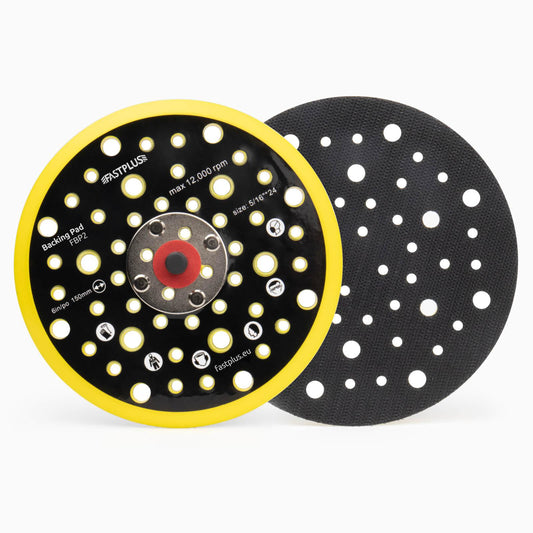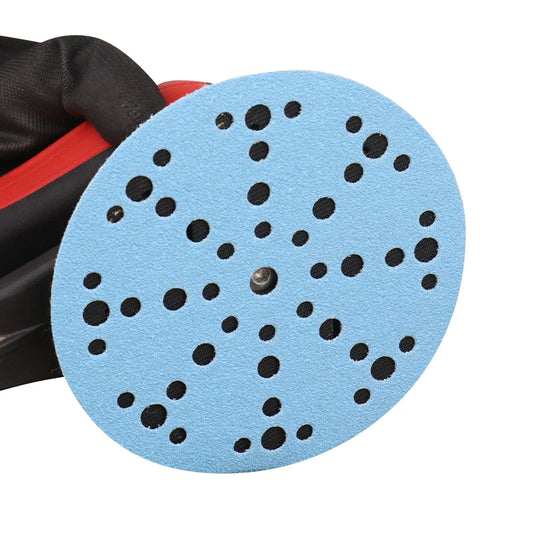
How to Sand and Refinish Wooden Car Trim with the Right Sandpaper?
Wooden car trim can add a touch of elegance to your vehicle, but over time, it may lose its luster. Fear not! In this comprehensive guide, we'll walk you through the process of sanding and refinishing your wooden car trim to bring back that showroom shine. No need to be a DIY expert – we'll explore the technique of sanding and refinishing wooden car trim with the right sandpaper, bringing back that showroom shine without breaking a sweat.
Understanding Wooden Car Trim
Types of Wood Commonly Used for Car Trim

Mahogany: Renowned for its rich reddish-brown hue, mahogany is a classic choice for car trim. Its tight grain and natural oils make it resistant to scratches and warping, and it polishes to a beautiful shine.
Walnut: Another luxurious option, walnut has a warm, medium brown color with darker streaks. It's a bit softer than mahogany but still durable enough for car trim. Walnut takes stain well, making it versatile for different aesthetic preferences.
Ash: A lighter-colored wood, ash has a pale blonde to light brown hue with a visible grain pattern. It's a strong and flexible wood that's resistant to cracking and warping, making it a good choice for high-traffic areas like door panels.
Maple: Maple is a light-colored wood with a fine, tight grain. It's a strong and stable wood that takes stain well, making it a versatile option for car trim. However, maple can be susceptible to scratches, so it's best used in areas where it won't be subject to a lot of wear and tear.
Sapele: Often used as an alternative to mahogany, sapele has a similar reddish-brown color but with a more pronounced grain pattern. It's a durable wood that takes stain well, making it a good choice for car trim.
Signs that Indicate the Need for Sanding and Refinishing
Over time, wooden car trim can show signs of wear, diminishing its original luster. This section will highlight key indicators that signal the necessity for sanding and refinishing. From surface scratches and fading to more severe issues like warping or peeling, recognizing these signs early on is essential for proactive maintenance and preserving the trim's longevity.
Benefits of Maintaining Wooden Car Trim
Proper maintenance of wooden car trim extends beyond aesthetics; it also enhances the overall driving experience. This part of the blog will delve into the advantages of regular care, such as preventing irreversible damage, maintaining resale value, and creating a comfortable and inviting interior ambiance. By understanding the benefits, car owners can appreciate the importance of investing time and effort into the upkeep of their vehicle's wooden trim.
Preparation
Essential Materials and Tools for Sanding and Refinishing
- Sandpaper in various grit
- Orbital or hand sander: Ensures efficient and uniform sanding.
- Sanding block: Useful for reaching intricate details and curved surfaces.
- Wood filler: Fills in any gaps or imperfections in the wood.
- Painter's tape: Protects adjacent areas from accidental damage.
- Clean, lint-free cloths: Essential for wiping away dust and applying finishes.
- Respirator and safety goggles: Ensures personal safety during the sanding and refinishing process.
Cleaning:
Once you've assembled your sanding squad, it's time to prep the trim for their action.
- Gentle Cleansing: Grab your wood cleaner and treat the trim to a thorough but gentle wash. Remember, you're not power washing a sidewalk; think of it as a delicate bath for a prized possession.
- Rinse and Repeat: Rinse away the cleanser with clean water and let the trim dry completely. Patience is a virtue, especially when it comes to achieving a flawless finish!
Sanding Process
Starting with a Coarse Grit
- Begin the sanding process with a coarse grit (60-80) sandpaper to eliminate imperfections.
- Focus on smoothing rough spots and addressing any visible scratches.
Progressing to Finer Grits
- Gradually move to medium grits (120-180) and then to fine grits (220-400) for a smoother finish.
- Ensure each grit is used until the surface feels uniformly smooth to the touch.
Sanding in the Direction of the Wood Grain
- Always sand in the direction of the wood grain to avoid causing visible scratches or damage.
- Use consistent, controlled movements to maintain an even and natural appearance.
Refinishing Wooden Car Trim
Choosing the Right Finish
- Consider the Wood Type: Select a finish that complements the type of wood used in your car trim. Different finishes may enhance the natural beauty of certain wood varieties.
- Gloss, Satin, or Matte: Determine the desired level of sheen—whether it's a high gloss for a classic look, a satin finish for a balance of shine and subtlety, or a matte finish for a more contemporary appearance.
- Oil-Based or Water-Based: Choose between oil-based and water-based finishes, taking into account drying time, durability, and environmental considerations.
Applying the Finish Evenly
- Use Quality Applicators: Select a high-quality paintbrush, foam brush, or applicator pad to ensure an even and controlled application.
- Follow the Grain: Apply the finish in the direction of the wood grain for a seamless and natural look.
- Thin Coats: Apply multiple thin coats rather than a single thick coat to achieve a smooth and drip-free finish.
- Remove Excess: Wipe away any excess finish with a clean, lint-free cloth to prevent drips and uneven drying.
Allowing Adequate Drying Time
- Follow Manufacturer's Recommendations: Refer to the manufacturer's instructions on the finish for recommended drying times between coats and for the final cure.
- Controlled Environment: Ensure the refinishing process takes place in a well-ventilated and dust-free environment to promote optimal drying conditions.
- Patience is Key: Avoid touching or handling the trim until the finish has thoroughly dried to prevent smudges or imperfections.
Tips for a Professional Finish
Proper Technique for Sanding Intricate Details
- Use Detail Sanding Tools: Employ smaller sanding tools or sanding blocks to reach intricate details and tight spaces that larger tools might miss.
- Patience is Key: Take your time when sanding intricate areas to ensure thorough coverage and a consistent finish.
- Hand Sanding: In some cases, hand sanding may be necessary for delicate or detailed sections to maintain precision.
Protecting Surrounding Areas During the Process
- Masking and Taping: Use painter's tape and plastic sheeting to protect surrounding areas, such as upholstery, dashboard components, or metal surfaces, from dust and potential damage.
- Covering Interior Components: If sanding and refinishing the trim while it's still attached to the car, cover the interior components with appropriate materials to prevent any unwanted residue.
Regular Maintenance for Prolonged Beauty
- Establish a Cleaning Routine: Regularly dust and clean the wooden trim to prevent the build-up of dirt and grime.
- Avoid Harsh Chemicals: Use mild cleaning solutions that are safe for wood to avoid damage to the finish.
- Reapply Finish as Needed: Keep an eye on the condition of the finish over time. If it starts to show signs of wear, consider reapplying the finish to maintain the trim's luster and protection.
Frequently Asked Questions about How to Sand and Refinish Wooden Car Trim
How do I choose the right sandpaper for intricate details on my car trim?
For intricate details, use smaller sanding tools and finer grits. Hand sanding may be necessary for precision.
Can I use any type of sandpaper for refinishing wooden car trim?
It's crucial to use sandpaper specifically designed for woodworking. Look for abrasives suitable for finishing applications.
Can I sand and refinish my wooden car trim without removing it from the vehicle?
Yes, you can sand and refinish the trim while it's still attached, but it's crucial to protect surrounding areas and components during the process.
What types of wood are commonly used for car trim, and do they require different sanding techniques?
Various woods are used, such as walnut, cherry, or maple. While the sanding process remains similar, the type of wood may influence finish selection for optimal results.
Is it possible to fix mistakes made during the refinishing process?
Yes, depending on the mistake. Common issues like uneven sanding or minor imperfections can often be addressed by revisiting the affected areas during the refinishing stage.
Conclusion
In conclusion, sanding and refinishing wooden car trim may seem like a daunting task, but with the right guidance and tools, it becomes a rewarding DIY project. By following our step-by-step instructions and troubleshooting tips, you've taken the first step toward maintaining and enhancing the aesthetic appeal of your vehicle.
Remember, this process not only restores the beauty of your wooden trim but also adds a personal touch to your car. Embrace the satisfaction of a job well done and enjoy the admiration your refurbished trim will undoubtedly receive.
Buy Factory-Direct Fastplus Abrasives
Want to purchase high-quality, factory-direct sanding discs, sanding sheet rolls, and film abrasive discs for automotive applications? Try Fastplus Abrasives today and place your orders online!
